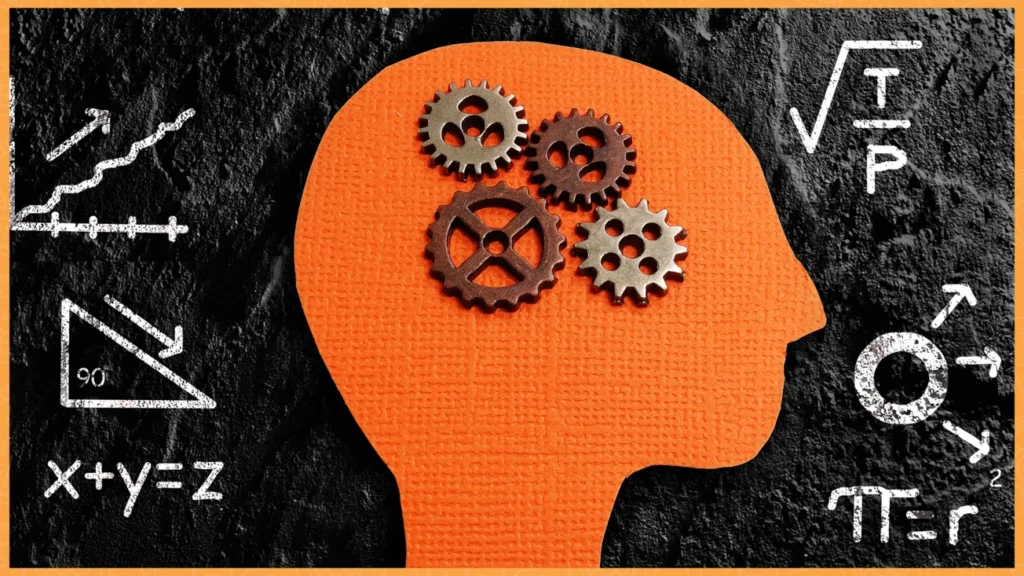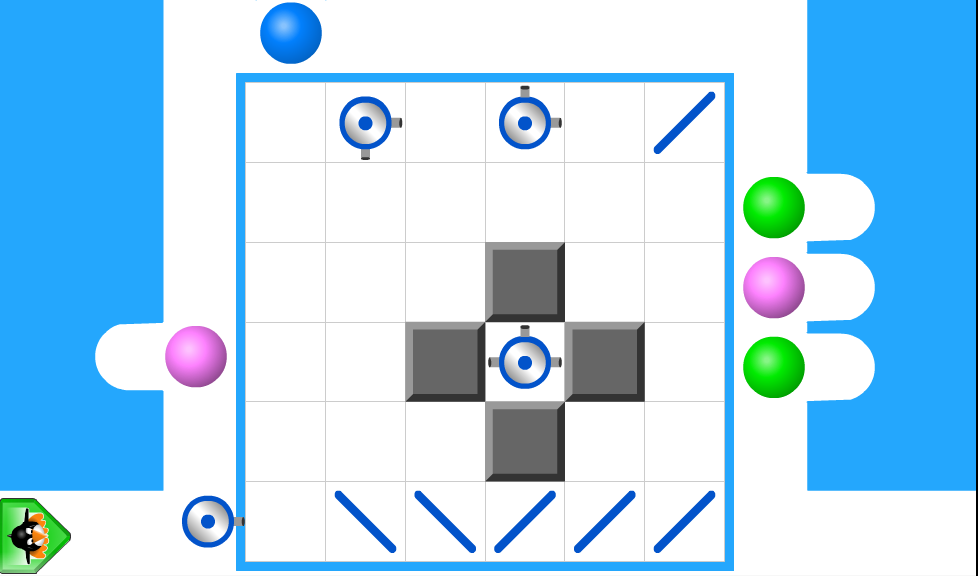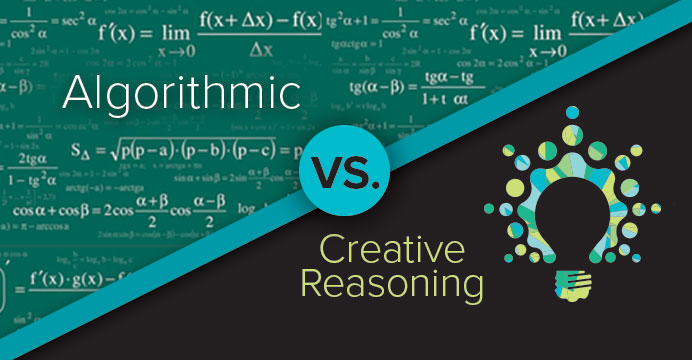Imagine wandering through a haunted house of frightful equations and ghostly word problems. But when you flip on the lights, those spooky shapes turn out to be nothing but friendly phantoms. Math isn’t a scary monster lurking in the shadows—it’s like a puzzle waiting to be solved by your brain.
For many students—even some adults—math can incite anxiety and fear. It often feels like a foreign language, especially when deep conceptual understanding is lacking.

Understanding Math Anxiety
So, what causes such unease when it comes to math? Math anxiety is often rooted in negative experiences, social stereotypes, and even the attitudes of teachers and parents. Below are some common causes:
- Impact of Negative Experiences—Experiences in the classroom can significantly shape whether a student develops math anxiety, leading to self-doubt that hinders deeper engagement.
- Social Stereotypes—Societal stereotypes that frame math as a subject more suited for certain types of people can also further exacerbate math anxiety. Such stereotypes contribute to a cycle of fear and avoidance, leading some students to avoid engaging with math.
- Influence of Teachers and Parents—How teachers and parents feel about math can also influence whether a child develops math anxiety. Adults who express their own anxieties about math may unintentionally convey the message that math is inherently difficult.
Turning Struggle into Strength
Math anxiety often arises when students aren’t given the opportunities to engage with math in ways that make sense to them. That’s where productive struggle comes in.
What is Productive Struggle?
Productive struggle is where students actively engage, try out different skills, and grow their math brains. Here’s how teachers can encourage students to embrace productive struggle in the classroom:
- Call on who may not have the correct answer. Then guide students in the process of questioning their thinking.
- Give students informative feedback. Provide context to help students course-correct toward the solution.
- Praise perseverance and problem solving, rather than focusing solely on answer-getting or correctness.
When students understand why and how things work, they can solve complex problems and apply concepts better than if they were to just memorize an equation. By fostering an environment where struggle is valued, we can shift the narrative around math from fear to curiosity and resilience.

Conquering Math Anxiety with Brain-based Learning
Breaking the cycle of math anxiety requires a handful of approaches. Here’s a look at some proven methods for addressing math anxiety in the classroom and beyond:
Understanding How the Brain Learns
Neuroscience tells us that learning happens most effectively when it’s active and engaging—that meaningful, lasting learning stems from productive struggle. Students learn math more deeply when they’re actively engaged in solving problems, applying concepts in real-world scenarios, and participating in mathematical discourse. This active engagement allows for the brain’s neural pathways to strengthen around math concepts, facilitating easier recall and application in the future.
Visual Learning with Spatial-Temporal Models
Shifting to a visual learning approach through spatial-temporal models can make a huge difference in reducing math anxiety. By tapping into our brain’s innate ability to visualize and manipulate images in space and time, students can enhance their understanding of even complex math concepts.
Spatial-temporal reasoning is a natural process our brains go through, which involves transforming and relating images without the use of words or symbols. Traditional methods that rely heavily on language and symbols can exacerbate math anxiety. When we present math concepts visually, students can grasp foundational math concepts more effectively. This not only simplifies the learning process but also removes language barriers, making math accessible to all learners.
Learning by Doing
The “learn by doing” principle is also crucial in addressing math anxiety. Incorporating hands-on learning opportunities, game-based experiences, and real-world applications into math education allows students to see the relevance of math outside the classroom. This not only boosts student motivation but also encourages perseverance and problem-solving.
Understanding that each student’s learning journey in math is unique is also important when addressing math anxiety. Personalized learning pathways that adapt to the individual learning styles and paces of students can make math more accessible and less intimidating. Through personalized learning, students can engage with material that challenges them without overwhelming them, ensuring a productive struggle that fosters growth and confidence.
Intrinsic Motivation: The Heart of Joyful Learning
To address math anxiety, we must also instill a lifelong love for mathematics. By integrating joy into math lessons through creative reasoning, game-based learning experiences, and a focus on student engagement and intrinsic motivation, students can start to associate math with positive emotions and experiences. Celebrating successes, no matter how small, and providing a supportive and encouraging learning environment are key in making math enjoyable for all students.
To reduce (or eliminate) math anxiety, here’s a blog that explores how to create a joyful learning environment: Discovering the Joy of Math.

Addressing math anxiety requires the right blend of neuroscience, visual learning, and creativity. By creating an environment where mathematics is approachable and rewarding, educators can help every student feel capable and motivated. Let’s turn those anxious moments into opportunities for discovery, where math is a world of wonder and exploration. So, let’s replace those math scares with cheers. With an approach grounded in brain-based learning and joyful engagement, every math classroom can become a place where students feel empowered and confident in learning math.



